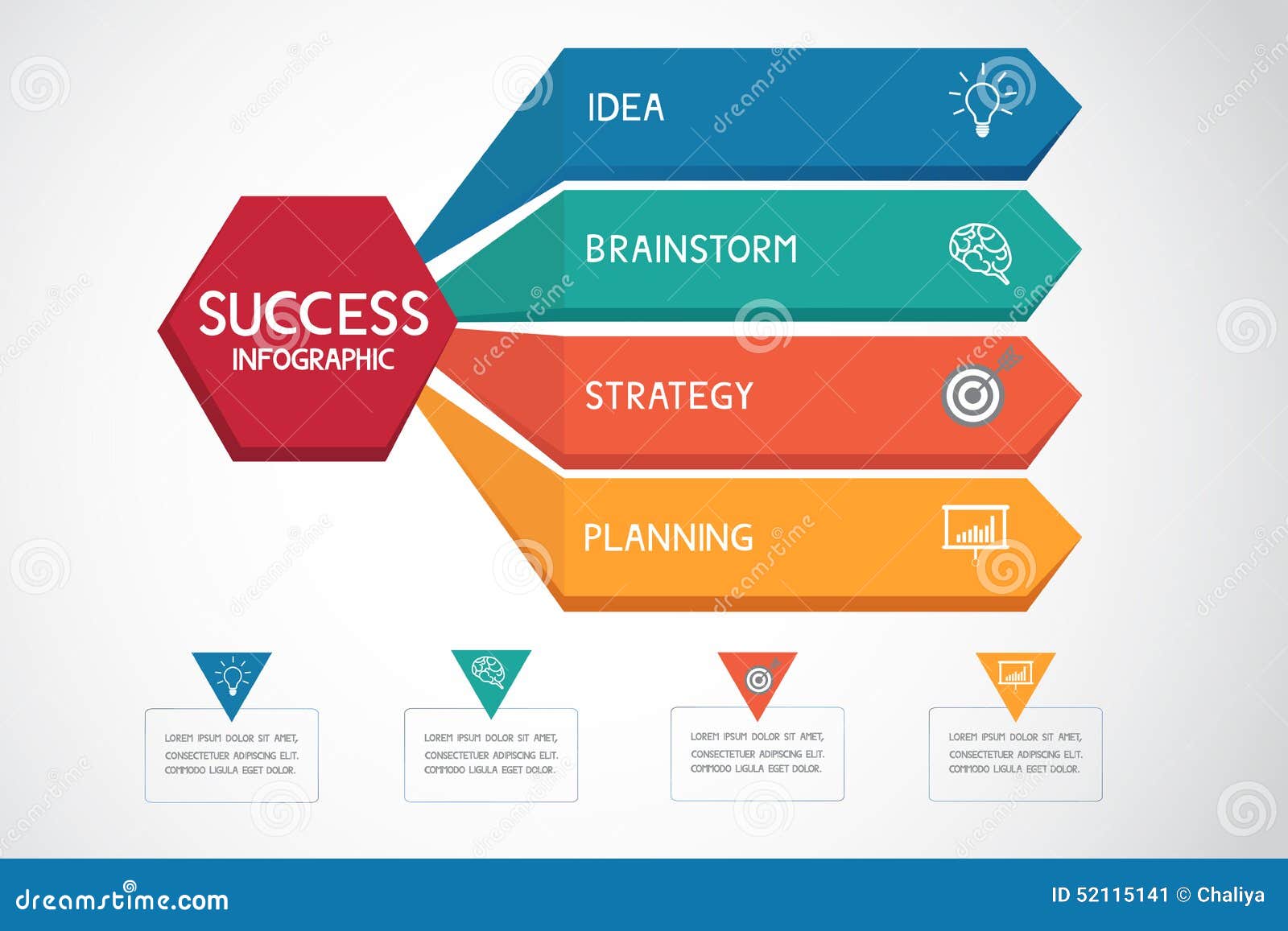Intrigued In Learning How Site Style Has Advanced? Check Out The Journey From Uncomplicated Designs To User-Centric Strategies
Intrigued In Learning How Site Style Has Advanced? Check Out The Journey From Uncomplicated Designs To User-Centric Strategies
Blog Article
Short Article By-Asmussen Bowles
In the past, web sites were straightforward and focused on info. Navigating was straight, and style was for desktops. Now, individual experience is key. Information guides layouts for easy navigation. Receptive layouts match different tools. Today, dark mode reduces strain, and minimalist menus boost navigation. Interactive features engage users, and vibrant visuals stand out. AI assimilation enhances involvement. See how design has evolved to enhance your online trip.
Very Early Days of Website Design
In the very early days of web design, simpleness preponderated. https://www.searchenginejournal.com/demystifying-seo-investments-cmo-recap/452302/ were basic, with restricted shades, font styles, and formats. The emphasis was on offering info as opposed to showy visuals. Users accessed the web with slow dial-up links, so rate and functionality were vital.
Navigating menus were straightforward, generally situated on top or side of the page. Internet sites were designed for desktop computers, as mobile surfing had not been yet prevalent. Web content was king, and designers prioritized simple readability over complicated design aspects.
HTML was the key coding language used, and designers had to function within its restraints. Computer animations and interactive features were marginal contrasted to today's requirements. Websites were static, with little vibrant material or individualized user experiences.
Surge of User-Focused Layout
With the evolution of website style, a shift in the direction of user-focused style concepts has actually become progressively noticeable. Today, developing internet sites that prioritize individual experience is vital for involving site visitors and accomplishing business goals. User-focused layout involves recognizing the demands, preferences, and behaviors of your target market to tailor the internet site's design, content, and features appropriately.
Developers now perform extensive research, such as customer studies and usability testing, to collect understandings and comments directly from users. This data-driven technique assists in producing user-friendly navigation, clear calls-to-action, and aesthetically enticing interfaces that reverberate with visitors. By placing the user at the center of the layout process, sites can supply a much more individualized and delightful experience.
Receptive design has additionally become a key element of user-focused style, ensuring that internet sites are optimized for various tools and screen sizes. This flexibility improves accessibility and usability, satisfying the diverse methods customers connect with web sites today. Essentially, the increase of user-focused design represents a shift in the direction of creating electronic experiences that focus on the needs and assumptions of completion user.
Modern Trends in Website Design
Explore the latest fads forming website design today. One famous trend is dark setting design, supplying a streamlined and modern appearance while reducing eye stress in low-light atmospheres. One more essential fad is minimalist navigating, simplifying menus and boosting individual experience by concentrating on essential elements. Including micro-interactions, such as computer animated buttons or scrolling effects, can develop a much more engaging and interactive web site. Responsive layout continues to be critical, guaranteeing smooth customer experiences throughout numerous gadgets. Additionally, utilizing vibrant typography and unbalanced designs can add aesthetic rate of interest and accentuate specific material.
Incorporating AI technology, like chatbots for customer support or personalized referrals, enhances individual engagement and streamlines processes. Accessibility has also end up being a significant pattern, with developers focusing on inclusive layout methods to satisfy varied customer demands. Accepting sustainability by optimizing site efficiency for speed and efficiency is an additional emerging fad in web design. Working together with https://rafaelrmhbw.blogginaway.com/30444412/study-the-art-of-crafting-attention-grabbing-advertisement-copy-with-impactful-headlines-and-influential-ctas-to-drive-pay-per-click-success and data analytics to repeat and enhance style continually is important for remaining pertinent in the ever-evolving digital landscape. By accepting these modern patterns, you can create a visually attractive, easy to use website that resonates with your audience.
Final thought
As you review the evolution of internet site style from the very early days to now, you can see just how user-focused design has actually come to be the driving force behind modern-day trends.
Welcome the journey of adjustment and adjustment in website design, always keeping the individual experience at the forefront.
Keep present with the current trends and innovations, and never ever stop evolving your technique to produce aesthetically sensational and straightforward sites.
Develop, adapt, and create - the future of web design is in your hands.
